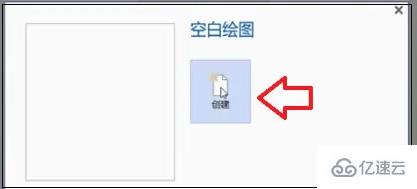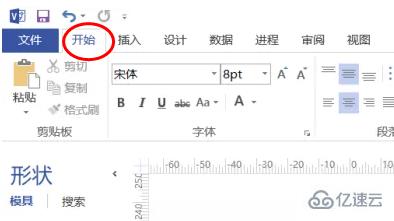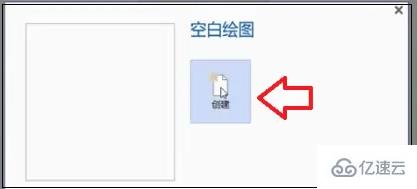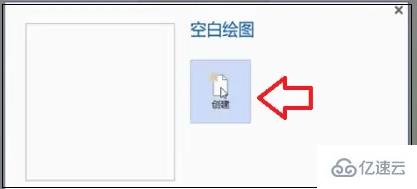Android LayerDrawable怎么使用
这篇文章主要介绍“Android LayerDrawable怎么使用”,在日常操作中,相信很多人在Android LayerDrawable怎么使用问题上存在疑惑,小编查阅了各式资料,整理出简单好用的操作方法,希望对大家解答”Android LayerDrawable怎么使用”的疑惑有所帮助!接下来,请跟着小编一起来学习吧!
1. 前言
Android LayerDrawble 包含一个Drawable数组,系统将会按照这些Drawable对象的数组顺序来绘制他们,索引最大的 Drawable 对象将会被绘制在最上面。
LayerDrawable对象的xml文件的根元素是<layer-list>, 该元素内部包含多个<item>。item标签内部可以指定drawable、id和位置相关属性。
layer-list可以进一步扩展对shape和selector的使用,对layer-list可以这样简单的来理解,使用它可以将多个图片叠加起来,可以将用shape和selector实现的效果叠加起来
2. 实例
该控件比较使用比较简单,我们直接通过例子来演示
activity_main.xml ,有三个ImageView 对象:
<?xml version="1.0" encoding="utf-8"?> <LinearLayout xmlns:android="http://schemas.android.com/apk/res/android" xmlns:tools="http://schemas.android.com/tools" android:layout_width="match_parent" android:layout_height="match_parent" tools:context=".MainActivity" android:orientation="vertical"> <ImageView android:layout_marginTop="10dp" android:layout_width="150dp" android:layout_height="150dp" android:background="@drawable/layer_test" /> <ImageView android:layout_marginTop="10dp" android:layout_width="wrap_content" android:layout_height="wrap_content" android:background="@drawable/layer_icon" /> <ImageView android:layout_marginTop="10dp" android:layout_width="wrap_content" android:layout_height="wrap_content" android:background="@drawable/layer_icon2" /> </LinearLayout>
1. 第一个 ImageView 我们定义好 宽度和高度 150dp, 看看里面的内容:
<?xml version="1.0" encoding="utf-8"?> <layer-list xmlns:android="http://schemas.android.com/apk/res/android"> <item> <shape android:shape="rectangle"> <solid android:color="#0000ff"/> </shape> </item> <item android:left="15dp" android:end="15dp" android:top="15dp" android:bottom="15dp"> <shape android:shape="oval"> <size android:height="10dp" android:width="10dp"/> <solid android:color="#00ff00"/> </shape> </item> <item android:left="45dp" android:end="45dp" android:top="45dp" android:bottom="45dp"> <shape android:shape="rectangle"> <solid android:color="#ff0000"/> </shape> </item> </layer-list>
说说 item的4个属性,作用同控件中的margin属性
android:top 顶部的偏移量
android:bottom 底部的偏移量
android:left 左边的偏移量
android:right 右边的偏移量
我们定义的ImageView的宽高150dp ,
第一个item 矩形框 在最底层,铺满整个宽高
第二个item为圆形,距离ImageView容器的top bottom left right 边距离为 15dp
注意:圆形定义的<size android:height="10dp" android:width="10dp"/>这里是不生效的,是以容器宽高150dp为基准, 上下左右偏移15dp后绘制出来
第三个item为矩形,距离ImageView容器的top bottom left right 边距离为 45dp
2. 第2个ImageView,不定义宽高,让里面图片去填充显示:
<?xml version="1.0" encoding="utf-8"?> <layer-list xmlns:android="http://schemas.android.com/apk/res/android"> <item> <shape android:shape="rectangle"> <size android:width="50dp" android:height="50dp"/> <solid android:color="#0000ff"/> </shape> </item> <item> <shape android:shape="rectangle"> <size android:width="80dp" android:height="80dp"/> <solid android:color="#ff0000"/> </shape> </item> <item android:left="15dp" android:end="15dp" android:top="15dp" android:bottom="15dp"> <shape android:shape="oval"> <solid android:color="#00ff00"/> </shape> </item> </layer-list>
第一个item为矩形,宽高为 50dp
第二个item也为矩形, 宽高为80dp 那么根据显示规则,后面的item显示在上面,所以整个ImageView的宽高变为 80dp了
第三个item为圆形,通过第一和第二个显示规则,此时的ImageView的宽高为80dp, 然后距离ImageView容器的top bottom left right 边距离15dp 绘制出来
3. 第三种,通过层视图显示阴影效果
<?xml version="1.0" encoding="utf-8"?> <layer-list xmlns:android="http://schemas.android.com/apk/res/android"> <item> <shape android:shape="rectangle"> <size android:width="100dp" android:height="20dp"></size> <solid android:color="#000"></solid> <corners android:radius="10dp"></corners> </shape> </item> <item android:left="3dp" android:bottom="3dp"> <shape android:shape="rectangle"> <solid android:color="#f7f6f6"></solid> <corners android:radius="10dp"></corners> </shape> </item> </layer-list>
到此,关于“Android LayerDrawable怎么使用”的学习就结束了,希望能够解决大家的疑惑。理论与实践的搭配能更好的帮助大家学习,快去试试吧!若想继续学习更多相关知识,请继续关注蜗牛博客网站,小编会继续努力为大家带来更多实用的文章!
免责声明:本站发布的内容(图片、视频和文字)以原创、转载和分享为主,文章观点不代表本网站立场,如果涉及侵权请联系站长邮箱:niceseo99@gmail.com进行举报,并提供相关证据,一经查实,将立刻删除涉嫌侵权内容。

















评论